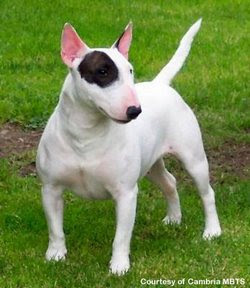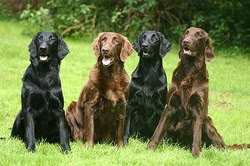Choosing a dog
Among the different pets that people can choose from, one of the most animals are dogs. Dogs are considered man’s best friend, and they are known to be loyal and give their owners with unconditional love. However, since there are quite a number of dog breeds to choose from, the task of choosing a dog can be a little overwhelming. People need to arm themselves with information on the different breeds of dogs so that they can pick a dog that they can effectively take care of and manage. In addition to this, the right knowledge on the breeds can also help pet owners know the necessary steps they need to take to ensure that their pets would live long and healthy lives because of the specific needs that certain dog breeds have that dog owners need to fill.
In picking out a specific dog breed, two of the most important considerations that people should look into are the size and the amount grooming that certain dog breeds require. This is because these two factors can play an important role in helping people decide on a certain breed. For example, people who get the larger breeds of dogs should be prepared to face the problems that usually come in doing so. Some of these include the fact that larger dogs are more vulnerable to joint and bone diseases like hip displasia. Moreover, larger dogs require more space and they also consume more food, which can make them the more expensive option. However, getting a small dog also comes with certain problems, which includes the fact that smaller dogs are more susceptible to breathing problems.
With regard to grooming, people should also be aware of how much time and effort creation breeds of dog require for grooming, as this can also help them decide on which type of dog they can provide with the proper grooming given their lifestyle. The good news is that information on the different dog breeds and on how to care for them is readily available from a number of sources, which include dog breeders and the Internet.
Two of the most important factors that people should consider when picking a dog include the breed and the amount of grooming that they require. This is because carefully considering these can help people get the right type of dog that they can provide with the proper care and attention that it needs to be able to live a long and healthy life.

































































